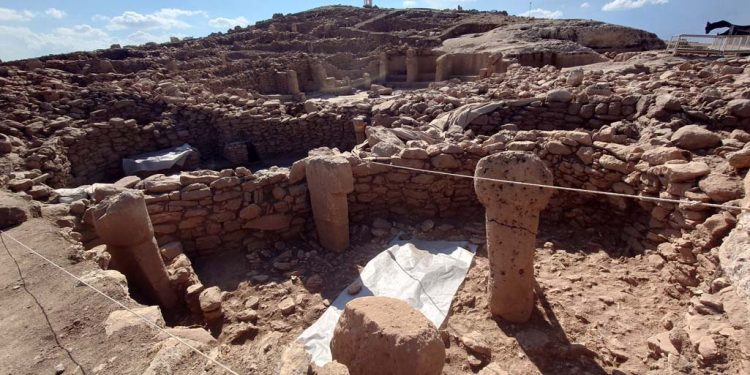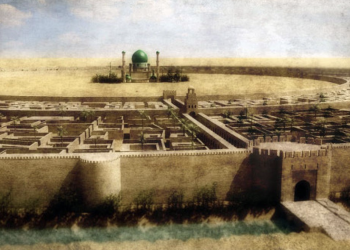Göbekli Tepe, dating back approximately 12,000 years, holds the title of the world’s oldest known megalithic site. However, less known is its intriguing counterpart, Karahan Tepe. In the past, I have written vastly about Göbekli Tepe, and why I think it is one of the most amazing and incredible ancient sites on Earth. However, today, I invite you to take a look with me at another, equally fascinating site called Karahan Tepe.
The prehistoric site of Göbekli Tepe, now 12,000 years old, has garnered significant attention in recent years, and deservedly so. Yet, nestled in southern Turkey lies another site of remarkable similarity, often referred to as Göbekli Tepe’s “sister site”—Karahan Tepe.
Located just over 45 kilometers (27 miles) east of Göbekli Tepe, Karahan Tepe was first brought to light in 1997, with an academic study published in 2000 confirming its significance. While the site remains only partially excavated, what has been uncovered so far reveals striking similarities to its more famous neighbor.
In Turkish, “tepe” translates to hill or summit, a fitting description for the locations of both sites within the rugged Tektek Mountains of Turkey. Although the terrain surrounding Karahan Tepe is somewhat less severe, the site still stands prominently at approximately 700 meters (2,296 feet) above sea level.
The ruins of Karahan Tepe cover an area of 325,000 square meters (3.4 million square feet), about one-third the size of the Göbekli Tepe excavation. Despite its smaller footprint, Karahan Tepe boasts similar features, including distinctive pillars, unique structures, obelisks, and intricately carved animal sculptures.
According to another study, archaeologists have identified 274 architectural elements at the site, with at least 266 pillars still standing tall. Some of these pillars are adorned with stunning reliefs, depicting serpents and human faces.
The exact age of Karahan Tepe remains uncertain, but it is believed to date back to the same period as Göbekli Tepe. Evidence suggests that the site was inhabited only briefly during the pre-Pottery Neolithic period.
One of the most fascinating aspects of Göbekli Tepe is its construction during the Neolithic period, sometime between 9600 and 8200 BCE. Conventional wisdom holds that complex structures of this nature could only be achieved after the advent of agriculture, which began around 10,000 to 12,000 years ago when humans first domesticated plants and animals.
However, the existence of Göbekli Tepe challenges this fundamental assumption, indicating that such monumental architecture emerged at the very dawn of humanity’s agricultural revolution. This raises questions about the timeline of settled civilizations, suggesting they may have existed earlier than previously thought—a notion that, while intriguing, remains controversial and is often associated with pseudo-archaeological theories.
As the world’s oldest known megalithic site, Göbekli Tepe is frequently regarded as a unique anomaly, appearing millennia before anything comparable elsewhere on Earth. Yet, the discovery of Karahan Tepe suggests it is not an isolated case, hinting that other groundbreaking finds may still be waiting to be uncovered.











